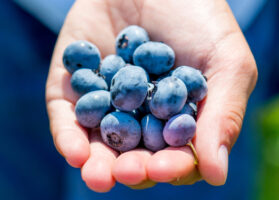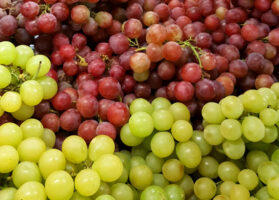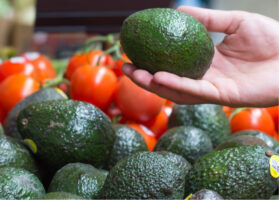U.S. market “has all the advantages” for Colombian avocados
Overview of avocados from Colombia in the U.S. market, complemented by charts from Agronometrics. Original published on August 15, 2022.
This year’s Colombian avocado season has been complex so far, with the continued supply chain crisis, higher costs for producers, rain, oversupply and inflation continuing to take their toll on global markets.
Jorge Restrepo, Executive Director of Corpohass told FreshFruitPortal.com how Colombia is broadening its export markets in response to these challenges and in particular, why it has its sights set on the U.S. market.
The U.S. is an attractive market thanks to its size and proximity, in particular on the East Coast. In addition, as Restrepo mentioned, the Hass Avocado Board’s mission is to make avocados Americans’ favorite fruit, so there has been a collective effort to promote its consumption, causing a rise in demand.
However, strict phytosanitary regulations have made it more difficult to access than its European counterpart.
Restrepo explained that Europe “is not only the market that the industry has followed because of inertia, but also […], the market conditions are different in terms of disease controls, certifications and MRL’s, so it is easier to export to Europe than the U.S..”
In August 2017, after ten years of negotiations, the U.S. authorized Colombia’s access to its market, with exports beginning in November of the same year.
Currently, there are 269 authorized orchards which amount to a total of 8,242 hectares and 24 packing houses that can export to the U.S.
“The U.S. is a very important market for Colombia – it is the biggest in the world in terms of volume”, said Restrepo.
When asked about whether the U.S. is a more interesting market for Colombia than Europe, Restrepo replied:
“Yes, I would say that in the medium and long term, the most important market for Colombia should be the U.S. because of its proximity, transit times and carriers’ frequencies to major seaports, all important for the fruit quality and freshness, besides other reasons such as consumption per capita, positive awareness of the fruit and population.”
Nevertheless, he also suggested that Colombia is, to a certain extent, dependent on Europe, as without it, the Colombian avocado market would collapse. Europe is and has been Colombia’s “natural market”, which has accounted for approximately 95 percent of Colombian avocado exports in the past, said Restrepo.
Currently, new production regions, increased volumes and market access for other countries have created more competition for Colombia and oversupply in the European market has resulted in more supply than demand and low prices, especially between May and July.

Source: USDA Market News via Agronometrics.
(Agronometrics users can view this chart with live updates here)
Moreover, inflation has meant that avocados are no longer a must-have product for Europeans. “Avocados are not yet part of the basic family shopping basket… if there is high inflation, people easily sacrifice [buying] avocados,” Restrepo added.
Therefore, Europe is becoming a less attractive market than the U.S., which “has all the advantages”, according to Restrepo.
For Colombia to continue growing its U.S. exports, Restrepo recognized a need for educating Colombian growers and exporters in order to shift their attention to the U.S. and to gradually cut ties with Europe.
Unlike Europe, which in some cases follows specific programs at different times of the year according to the season, the U.S. market should not only be seen as useful at peak demand, for example for the Cinco de Mayo celebrations or the Superbowl, but as a permanent, consistent market.
“Growers should not just see it [the U.S.] as a momentary market, but as a long term one that fluctuates from month to month,” stated Restrepo.
On one hand, there is a need for packing houses and exporters to convey to growers that they want to export fruit to the U.S., explaining the reasons why, in order for growers to understand the U.S.’ potential.
On the other hand, growers need to be given hard numerical facts and statistics which show the size of the market, transit times, prices, importers’ interests and price stability, as the U.S. is normally a less volatile market than Europe.
According to Restrepo, it is also Corpohass’ responsibility to use campaigns, messages, discussion groups and academic days to educate growers.
In conclusion, the U.S. market presents many opportunities for Colombian avocados and for now, the challenge is to get growers to leave their “comfort zone” and enter into the U.S. with a long term mentality.
The News in Charts is a collection of stories from the industry complemented by charts from Agronometrics to help better tell their story.
Access the original article with this (Link)






